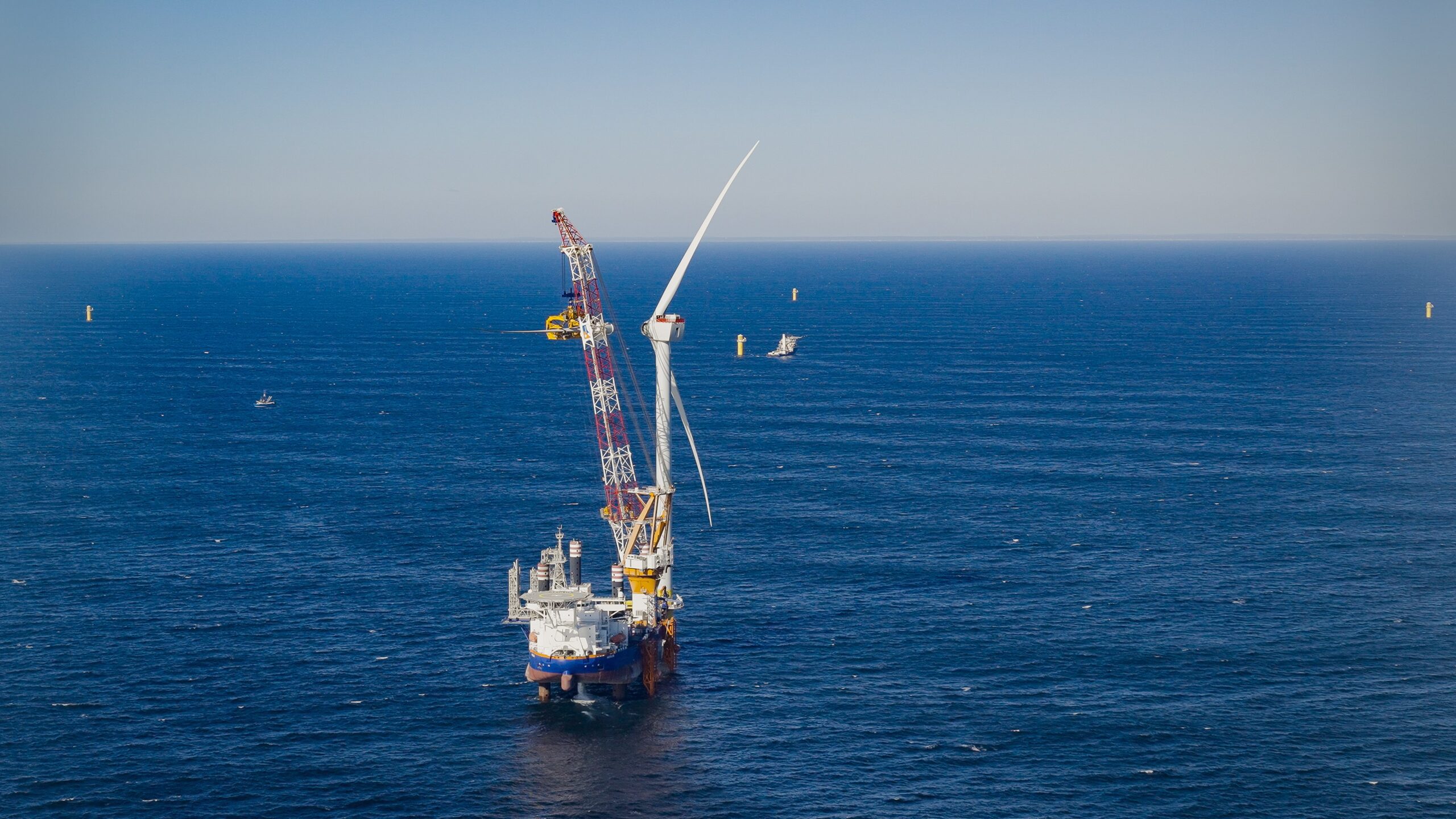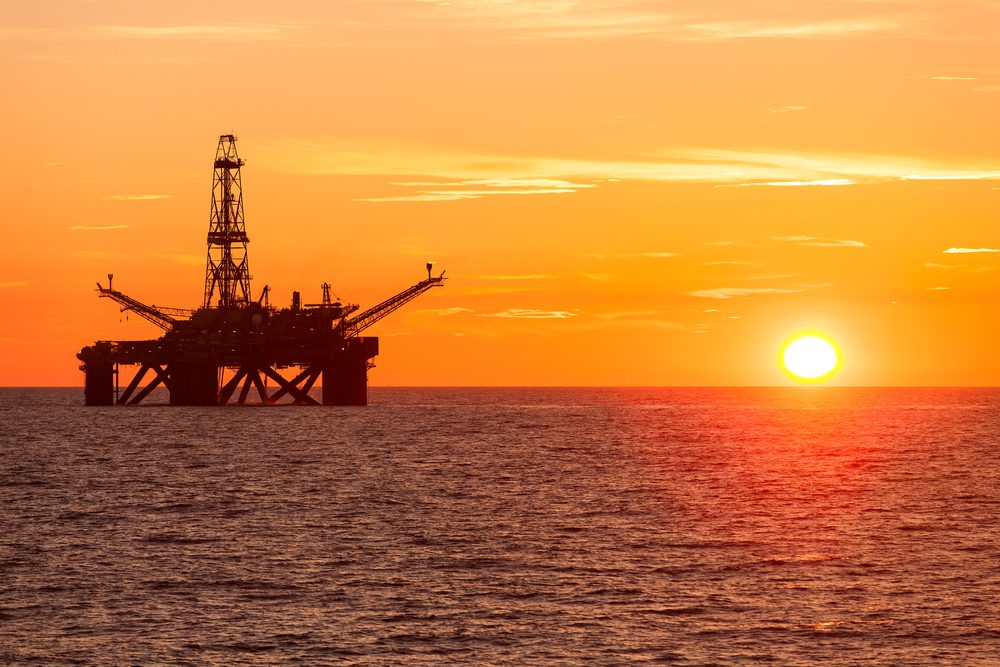The American offshore wind industry finds itself at a crossroads as regulatory upheaval and mounting cost pressures have slashed the nation’s project pipeline by more than half in just one year, according to a new report from the Energy Industries Council.
The contraction is stark: from 45 projects down to 23, with planned capacity dropping from 55.9 gigawatts to 25.4 gigawatts between Q3 2024 and Q3 2025. The EIC attributes the dramatic decline primarily to policy changes that have created what amounts to a rapidly closing window for developers.
At the heart of the challenge is President Trump’s signature One Big Beautiful Bill Act, which establishes two critical deadlines: projects must start construction by July 4, 2026 to secure tax-credit eligibility for up to four years, or begin service by December 31, 2027. The problem? Roughly 83% of projects are not aligned with these dates.
The squeeze extends beyond tax incentives. Manufacturing support under tax codes 45X and 48C winds down after 2027, while domestic content requirements have ratcheted up from 20% under the Inflation Reduction Act to 27.5% under the OBBBA, with another increase to 35% looming for projects starting after January 2026. This creates a particularly acute challenge for developers sourcing major components from abroad.
Federal leasing opportunities have also virtually evaporated. A presidential memorandum withdrew offshore areas from new leasing on day one of the administration, and the Bureau of Ocean Energy Management subsequently pulled back designated wind energy areas across multiple regions, including the Gulf of Mexico and the Atlantic. Several states have followed the federal lead, cancelling or delaying their own offshore wind tenders.
Trade measures have compounded cost pressures, with duties of 10% to 15% on goods from the EU and UK and a jump to 50% on some steel and aluminum lines affecting critical components including blades, towers, nacelles and cables. The Department of Transportation’s decision to rescind $679 million in port grants has further slowed essential quayside infrastructure upgrades.
The financial toll of project delays is staggering. Stop-work costs have reached up to $50 million per week on the Empire Wind project and more than $15 million weekly on Revolution Wind. While both Empire and Revolution are resuming construction, other projects remain stalled as developers reassess their portfolios or redirect capital to markets outside the United States.
California stands as a partial exception to the national trend. The state has incorporated offshore wind ports into a five-year infrastructure plan and secured bond funding, including $475 million for ports and a $20 million award for the Port of Long Beach.The CADEMO floating project, a 60-megawatt venture in state waters targeting a 2028 operational date, remains unaffected by federal outer shelf policy reversals.
The supply chain supporting offshore wind development has hedged its position, with about 81% of firms active in US offshore wind also working in upstream oil and gas.This diversification enables companies to pivot to other markets such as Canada, but it also risks eroding momentum in the US as capacity and focus shift elsewhere.
“This reinforces the uncertainty of the [US offshore wind] industry, as opposed to its wholesale cancellation,” wrote the report’s authors, Beatriz Corcino and Kevin Pedrosa of the EIC.They emphasize that the contraction reflects delays and re-evaluations rather than a complete collapse of long-term potential.
Rebecca Groundwater, EIC Global Head of External Affairs, underscored what will be necessary to reverse the decline. “Policy clarity will be decisive in determining whether these projects move forward or stay in limbo,” she said.”Stable, predictable frameworks are what investors need to turn uncertainty into action and position the US to reclaim momentum in offshore wind development.”
The declining pipeline comes amid what the report describes as a broader campaign against the nascent US offshore wind industry, with the administration stopping new offshore wind leasing and permitting, moving to revoke existing authorizations and halting projects already under construction.
For an industry that once appeared poised for explosive growth, the message from investors and developers is increasingly clear: without regulatory stability and a coherent policy framework, the United States risks ceding leadership in offshore wind to international competitors.

 Join The Club
Join The Club











